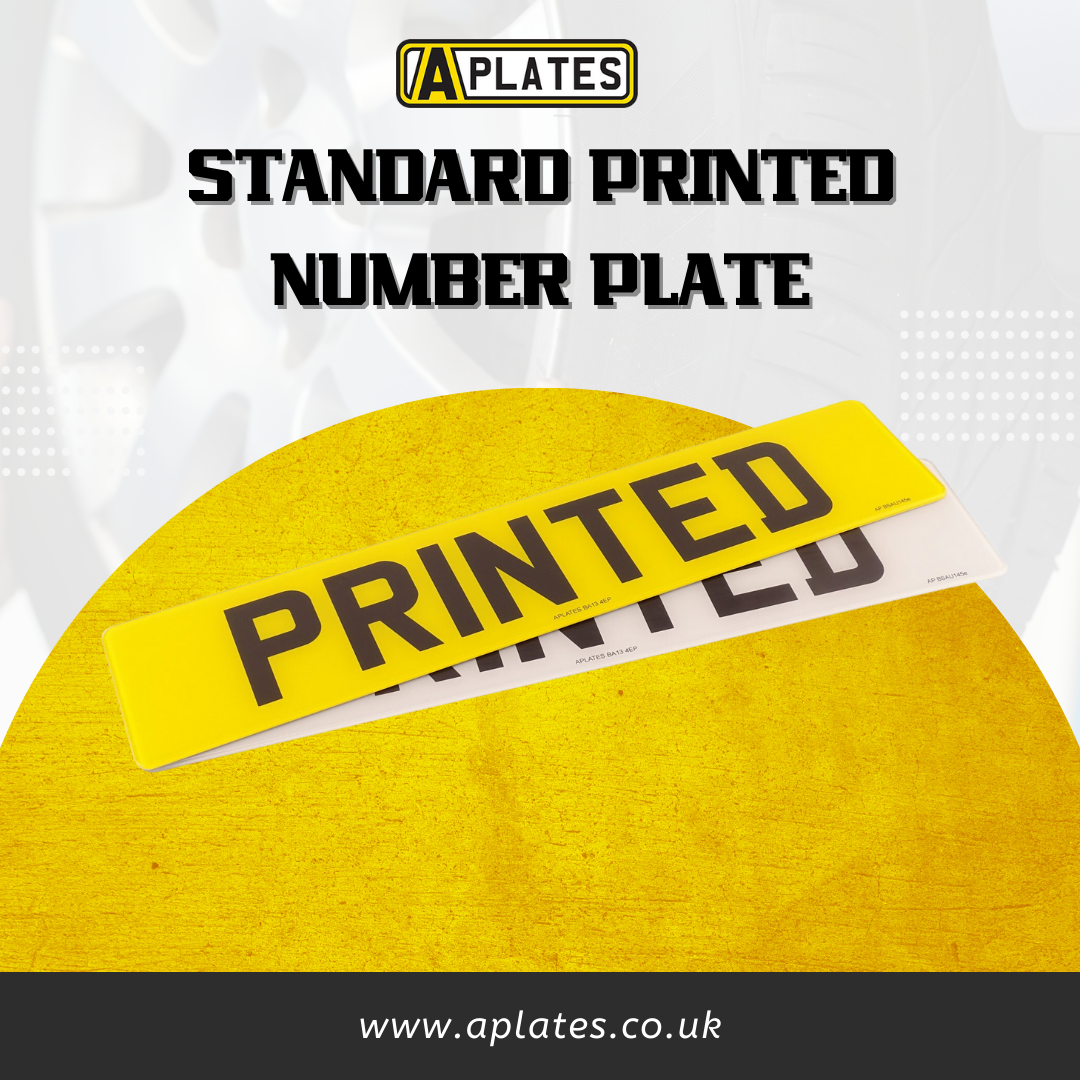Do 4D Number Plates AVOID ANPR Camera Detection?
If you know anything about 4D number plates and ANPR cameras, you will have more than likely heard many false arguments surrounding their legality for use on the road. This is due to the increased presence in ANPR camera systems.
This has become particularly prevalent in recent months, following the recent expansion of the Ultra Low Emission Zone in London.
Consequently, there has been a surge in people with non-compliant vehicles hoping to find ways to escape paying the daily ULEZ charge.
One misconception that seems to have arisen as a result is that 3D and 4D plates are not readable by ANPR camera systems.
Many have speculated that raised characters actually block the light and infrared used by various cameras to scan vehicle registrations.
Therefore, this article has been written to clarify whether 3D and 4D plates really do avoid detection by cameras.
What Are ANPR Cameras?
ANPR cameras (Automatic Number Plate Recognition devices) are used to read a vehicle’s registration.
The technology is designed to detect number plates whilst vehicles are stationary or travelling at speed, and they are utilised alongside location data for a variety of traffic and law enforcement purposes.
They are commonly found on main roads, motorways, or in ANPR-assisted car parks.
ANPR technology is used by Law Enforcement Agencies (LEAs) including the Police, as well as private companies, local authorities, the DVSA and the DVLA.
What Does An ANPR Camera Detect?
As well as automatic number plate recognition, ANPR cameras are capable of numerous other functions.
They can be used to measure, report, and flag:
Average speed
Bus lane use
Box junction use
Car parking periods
Congestion and low emission zones
Detecting and recording terrorism or organised crime
Dangerous vehicles
Journey times
Stolen vehicles
Toll roads and toll bridge fees
Volume of traffic
Issues With ANPR Cameras
Although ANPR camera technology is very sophisticated, there are various situations in which its recognition is flawed. This can lead to registrations misreading. Factors leading to this can include:
Glare and bright lights.
Dirt on the vehicle obscuring the registration.
Poor lighting conditions.
Objects obscuring the vehicle.
Harsh weather conditions, such as fog or heavy rain.
Incorrectly positioned screws or bolts that may change the appearance of characters.
Can ANPR Cameras Read 3D & 4D Number Plates?
We can confirm that raised 3D/4D characters can and will be read by ANPR camera systems.
If you are buying a set of plates from a reputable DVLA-registered number plate supplier such as Aplates, you can guarantee that all camera systems will be able to read your vehicle’s registration.
Number plates are governed by the regulations set out in the British Standard 145e, which requires plates to have the following features:
They must be the correct size as specified in the rules.
The background of front plates must be the prescribed reflective white colour and rear plates must be the prescribed reflective yellow colour.
They must have reflective properties complying with British Standard BS AU 145e.
They must have physical resilience properties complying with British Standard BS AU 145e.
They must display solid black characters in the prescribed Charles Wright typeface that comply with the rules governing size, spacing, grouping and positioning.
They must bear the supplier’s name and postcode and the manufacturer’s mark.
They must bear the current British Standard number, BS AU 145e.
Plates may optionally have the following:
raised 3D characters of plain black colour (known as “4D” number plates) provided that they meet all requirements of British Standard BS AU 145e.
Can You Avoid ULEZ Using 3D & 4D Number Plates?
Unfortunately for the minority looking to avoid the ULEZ charge, we can confirm that, even with 4D plates, non-compliant vehicles will still need to pay the charges, as their registration will be read by ANPR cameras.
If you are looking to buy 4D plates to avoid paying the charges, please don’t waste your time.
3D and 4D number plates are 100% road-legal in the UK, so camera systems have to be able to read each and every character.
Plate suppliers test this in the manufacturing process, so there is little to no error when it comes to registration recognition.
Conclusion
To answer the question, ‘do 4D number plates avoid ANPR camera detection?’, the answer is no, they don’t.
4D plates are 100% road-legal, so they will be scanned and read by ANPR camera systems.
Plate suppliers are not liable for people thinking they can get away with not having to pay certain charges. As a proud DVLA-registered number plate supplier, we advertise the complete opposite – that our plates do comply with every aspect of BSAU 145e.
About Company:-
Founded in 2019, Aplates has undergone intense growth over the past two years.Consequently, our operation has expanded significantly, and we now boast two premises: a manufacturing workshop and an assembly unit; both of which are located in Westbury, Wiltshire.
We have invested heavily in the equipment required to produce premium, high-quality products. This is exemplified in each and every plate we make, as we ensure the utmost care throughout the production process.
Professionalism is paramount to everything we do here at Aplates. Therefore, we endeavour to provide customers with the very best experience available on the market.
Click Here For More Info:- https://aplates.co.uk/
Location:- Unit 20 Woodlands Industrial Estate, Eden Vale Road, Westbury, BA13 3QS. United Kingdom
Social Media Profile Links:-
https://www.facebook.com/aplates.co.uk
https://www.instagram.com/aplatesuk/
